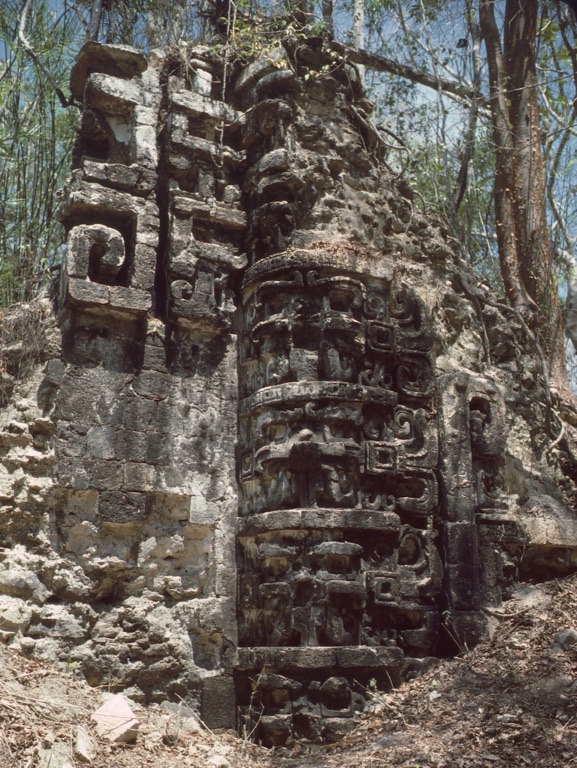Chunlimón represents a relatively obscure Mayan archaeological site located on the Yucatan Peninsula, within the federal state of Campeche, Mexico. Approximately 20 kilometers east of the village of Cancabchén, this site is characterized by its architectural elements that affiliate it with the Chenes region. Despite its potential significance in understanding Mayan culture and architecture, Chunlimón has not yet been the subject of systematic archaeological investigation. This article aims to consolidate the limited information available on Chunlimón, primarily drawing from the initial report and photograph provided by Teobert Maler in the late 19th century
The Ancient Maya
Ancient Maya Historical Sites and Ruins
Maya Mythology
Gods and Goddesses
| Kukulkan |
| Chaac |
| Ix Chel |
| Ah Puch |
| Itzamna |
Ancient Maya Artifacts
| Chac Mool |
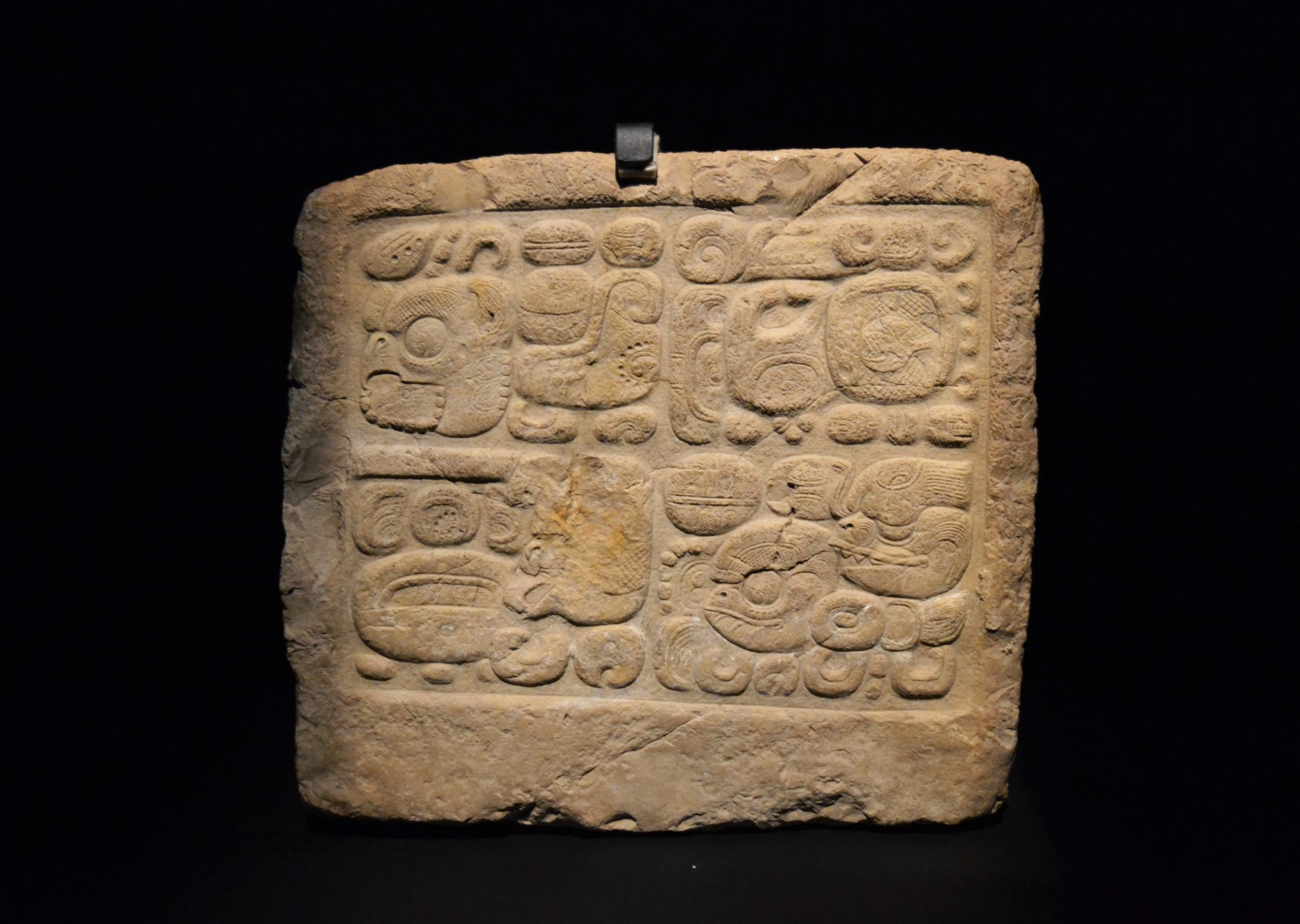
Zapote Bobal
Zapote Bobal, a term coined in the 1970s by archaeologist Ian Graham, refers to a significant pre-Columbian Maya archaeological site located in the Petén department of Guatemala. The site, initially shrouded in archaeological obscurity, gained prominence in 2003 when epigrapher David Stuart identified it as the historical Hix Witz, or “Jaguar Hill,” a name frequently mentioned in the inscriptions of other Maya sites such as Piedras Negras and Yaxchilan. This discovery led to the initiation of the Proyecto Peten Noroccidente (PNO), directed by James Fitzsimmons and Laura Gamez, aimed at exploring the depths of this ancient city’s history and its role within the Maya civilization.
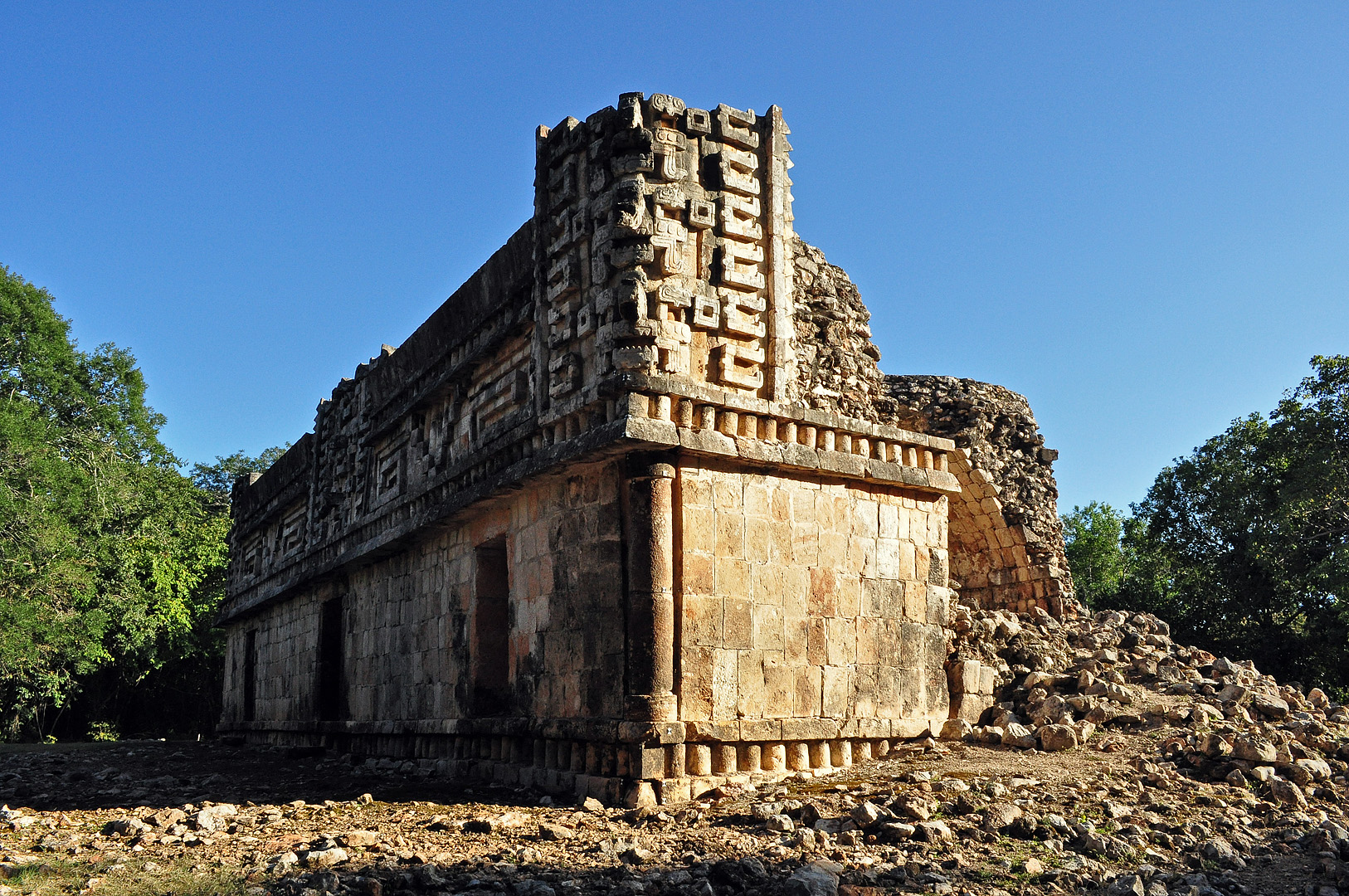
Xlapak
Xlapac, situated within the Puuc region, marks a significant archaeological site that offers profound insights into the Mayan civilization, particularly between 600 and 1000 AD. This period is recognized as the zenith of Xlapac’s development, reflecting a time when the Mayan culture flourished in various aspects, from agriculture to religious practices.
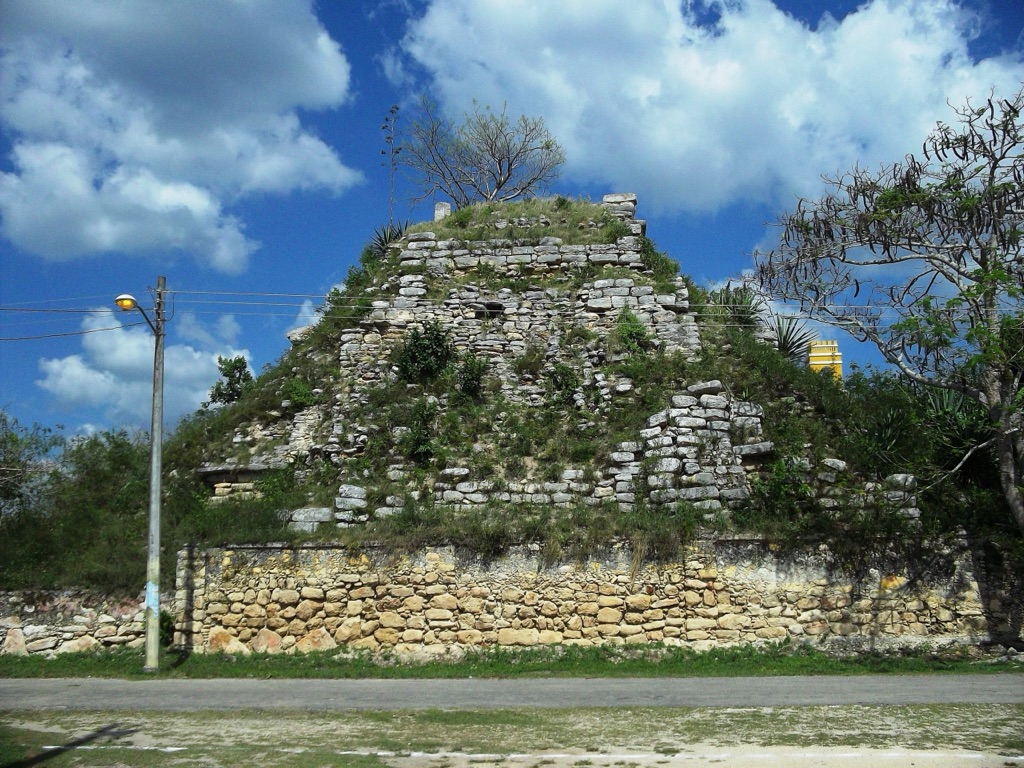
Aké
Nestled in the heart of the Yucatán Peninsula, the Aké Archaeological Zone offers a unique window into the ancient Mayan civilization, revealing its architectural prowess, intricate social networks, and profound connection with the cosmos. This pre-Hispanic city, whose name translates to “place of vines” in the Yucatecan Mayan language, stands as a testament to the ingenuity and spirit of its people.
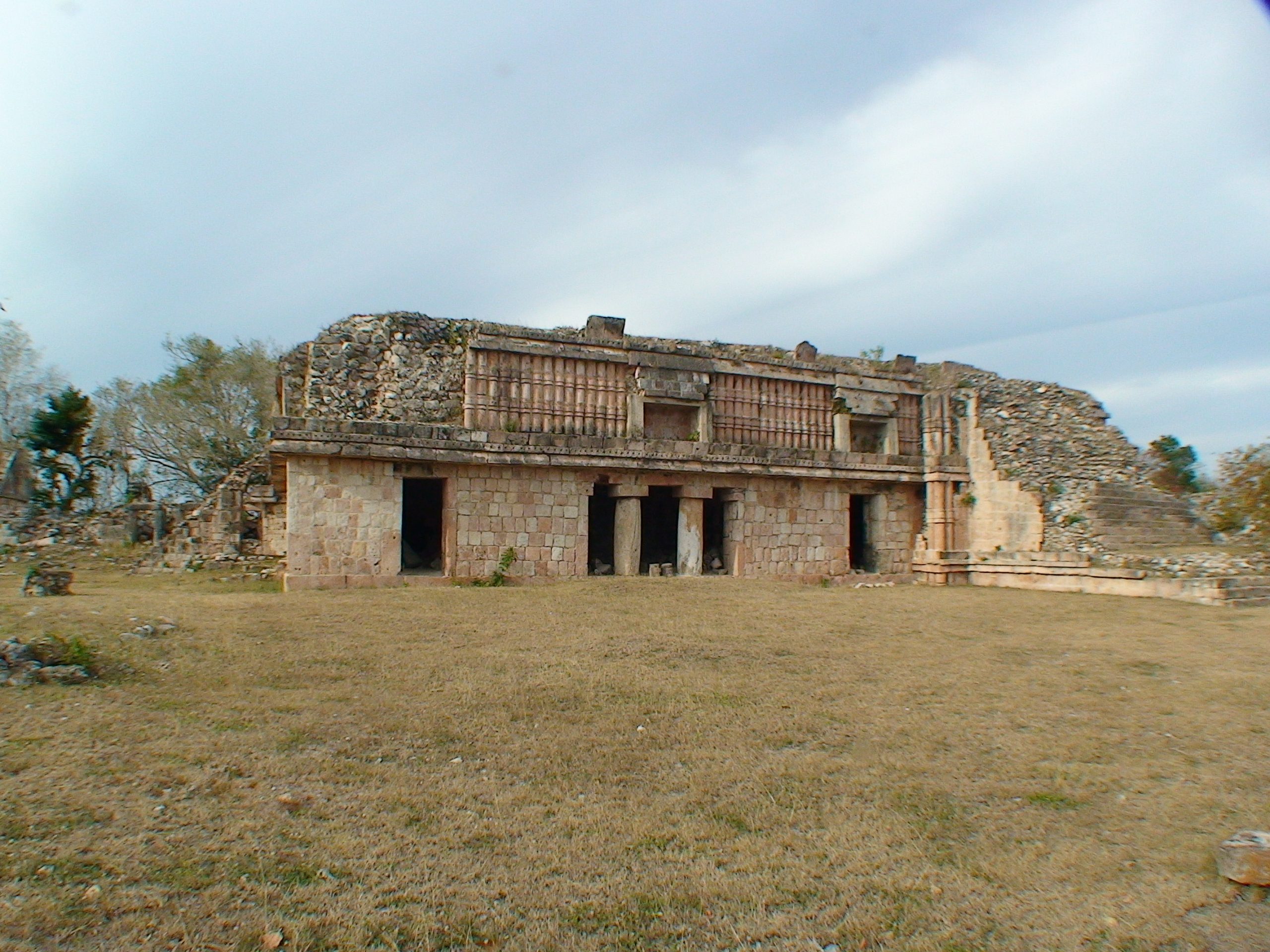
Chacmultun
Chacmultun is a remarkable archaeological site located in the Yucatan Peninsula of Mexico. It stands as a testament to the ingenuity and artistry of the ancient Maya civilization. The name Chacmultun translates to “Red Stones” or “Stones of the Red Jaguar,” reflecting the reddish hue of the limestone used in construction. This site, nestled in the hilly region of the Puuc, showcases a unique blend of architectural styles and provides valuable insights into the lives of the Maya people.
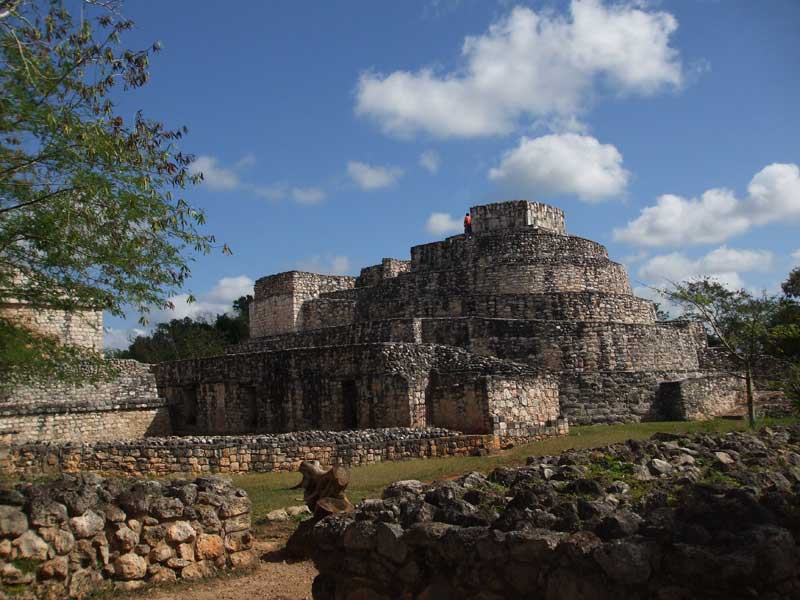
Ekʼ Balam
Ekʼ Balam is a Yucatec-Maya archaeological site in Yucatán, Mexico. This ancient city thrived during the Late Classic period of Mesoamerican chronology, from the 7th to the 11th century AD. It’s known for its impressive architecture, including the Acropolis, which houses the tomb of Ukit Kan Leʼk Tokʼ, a notable ruler. The site’s name translates to “Black Jaguar,” and it remained a mystery until archaeologists rediscovered it in the late 20th century. Ekʼ Balam provides valuable insights into the Maya civilization and their complex societal structures.

